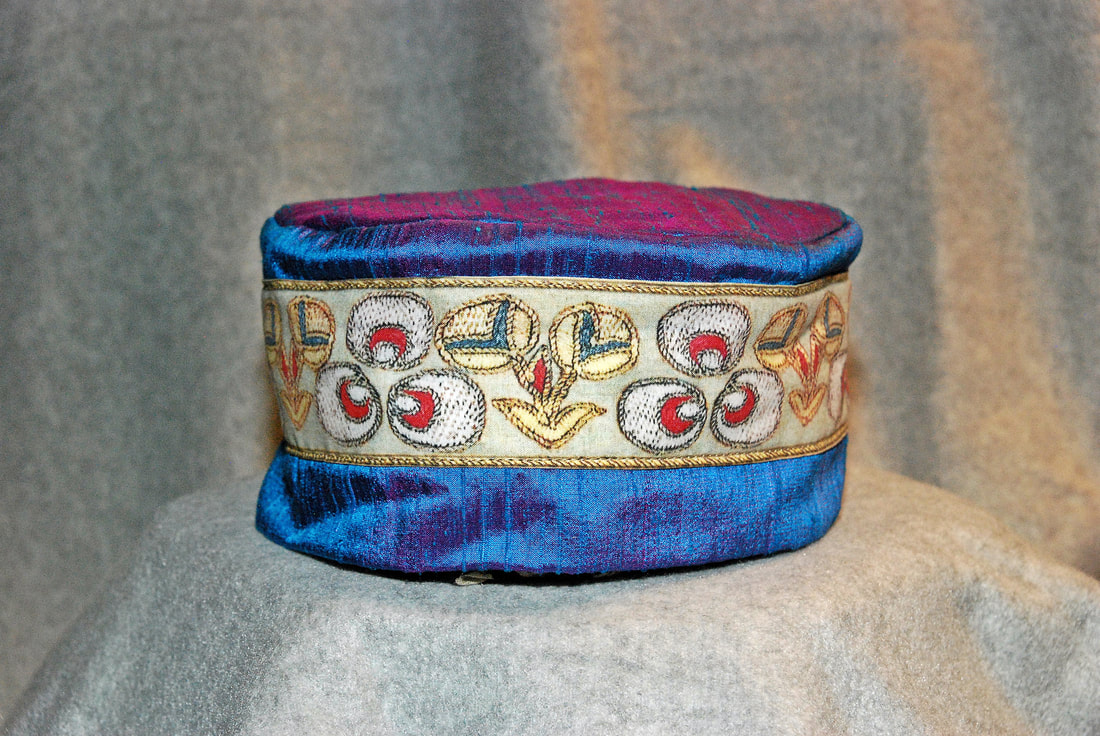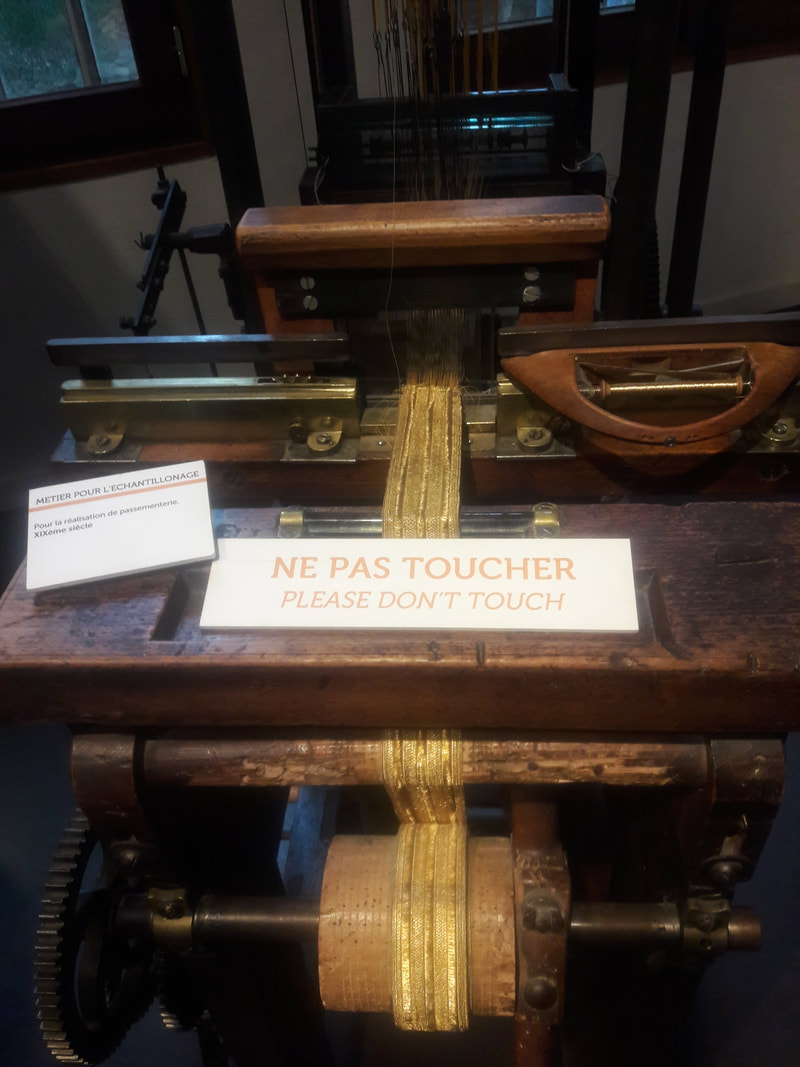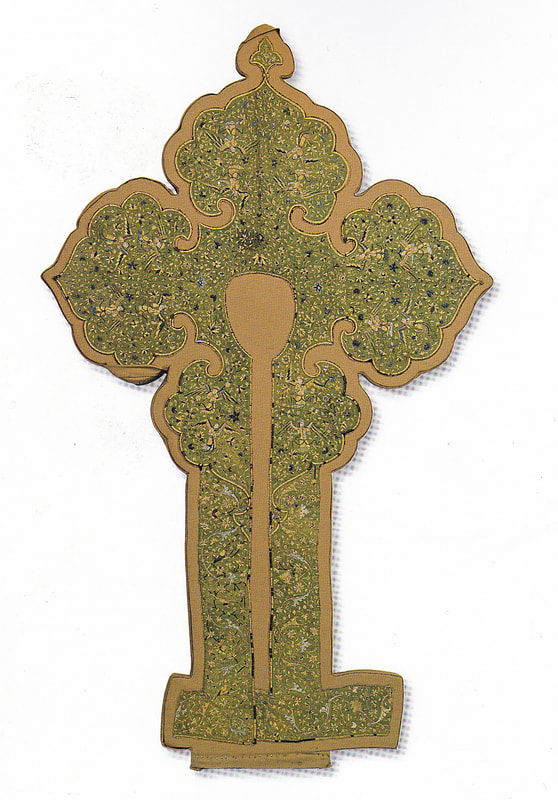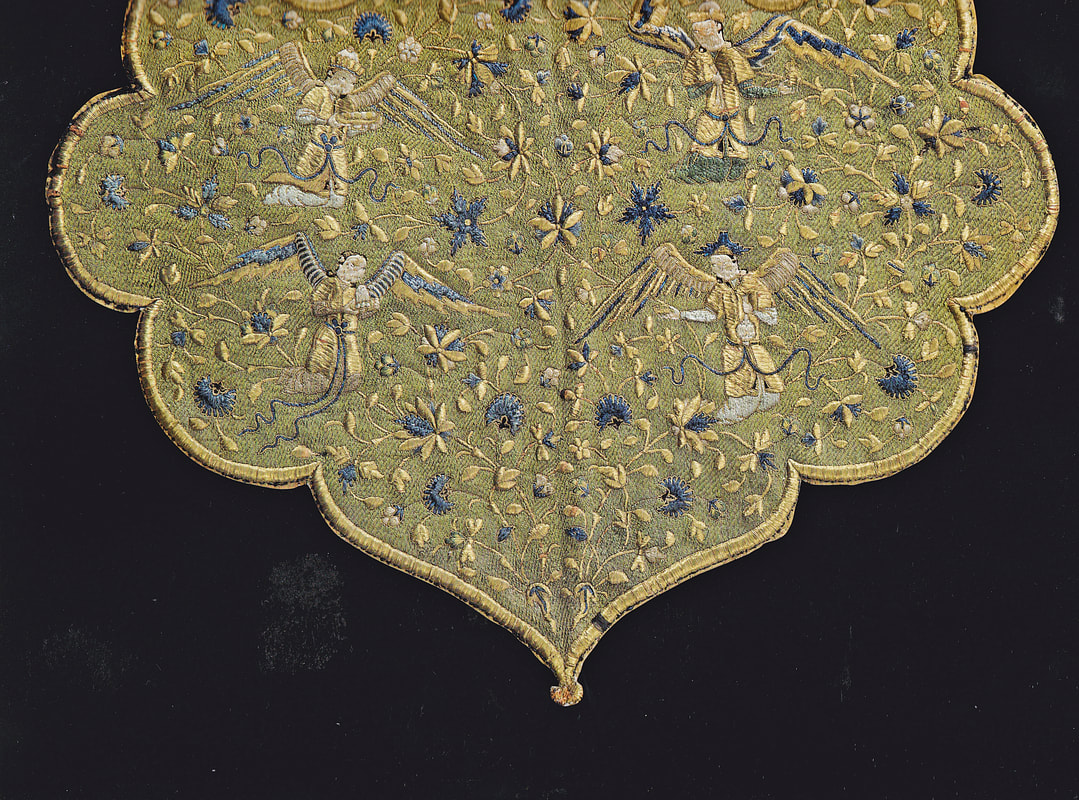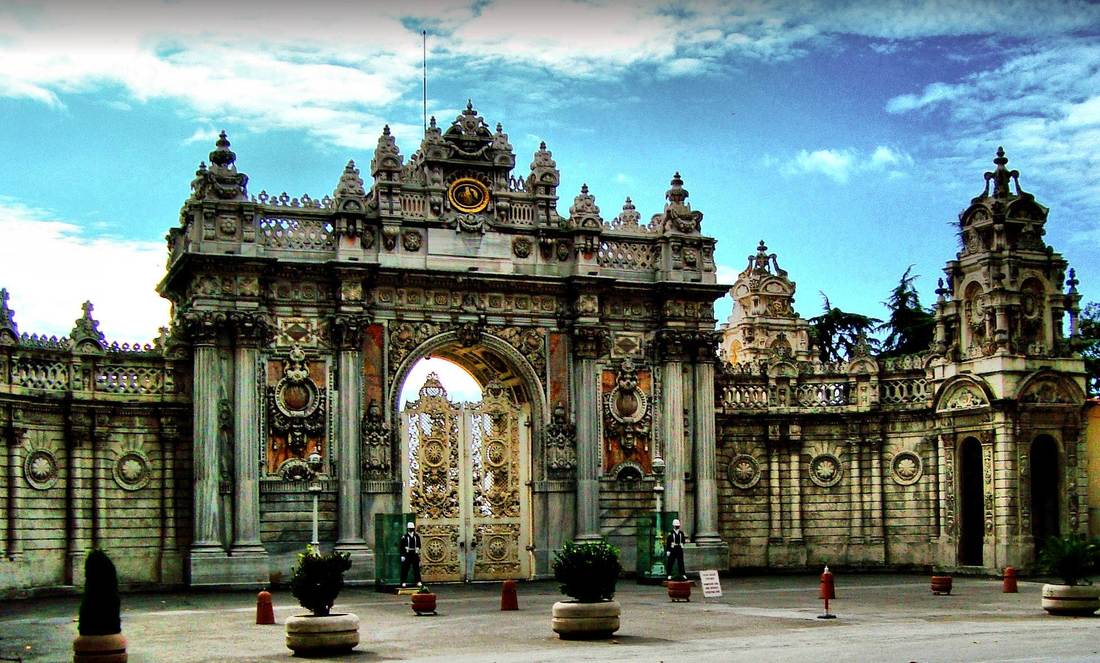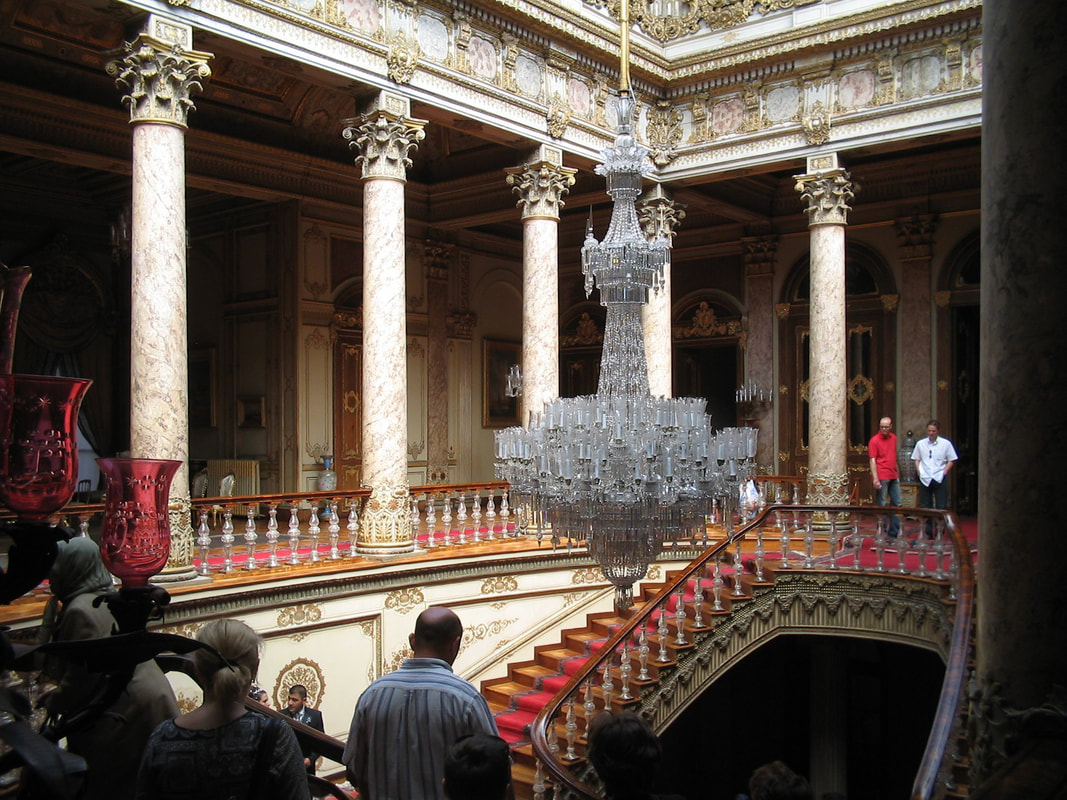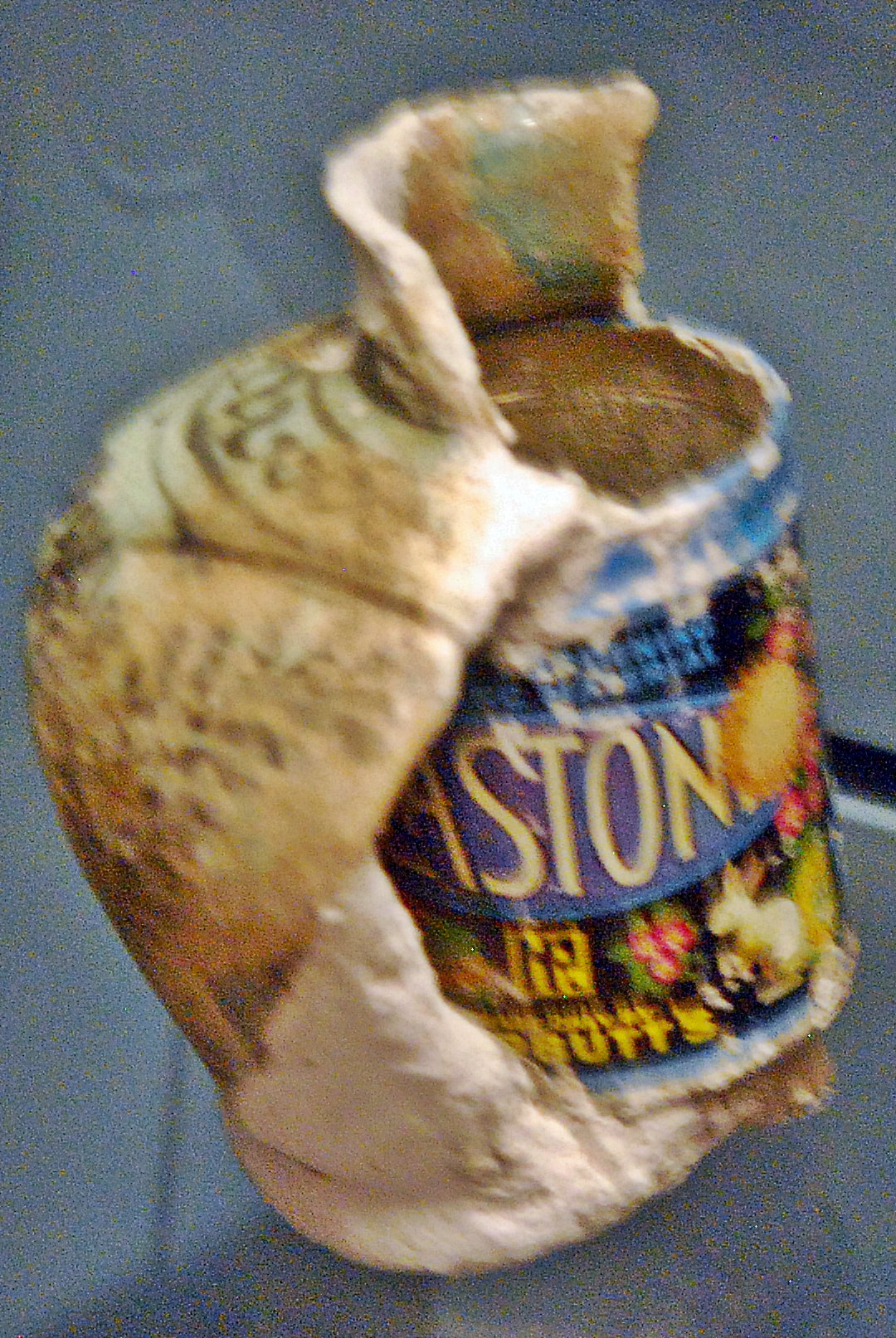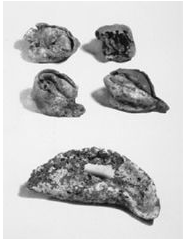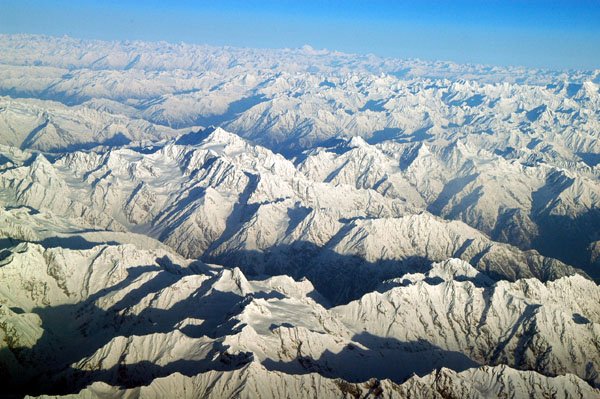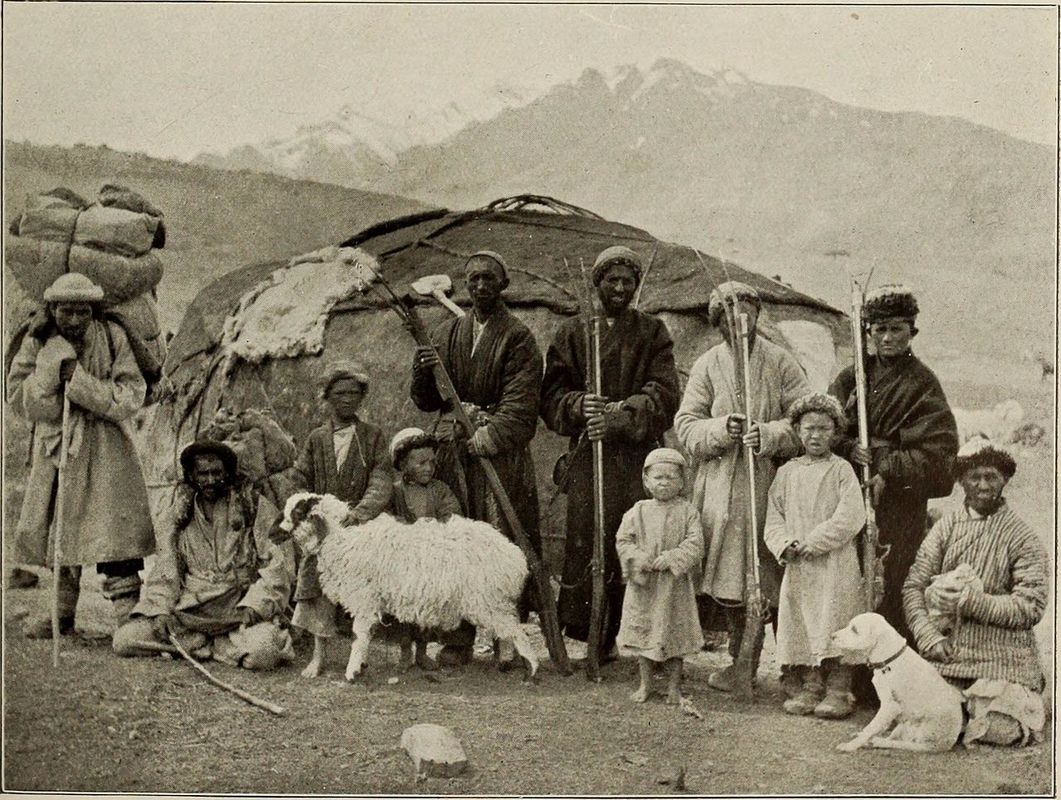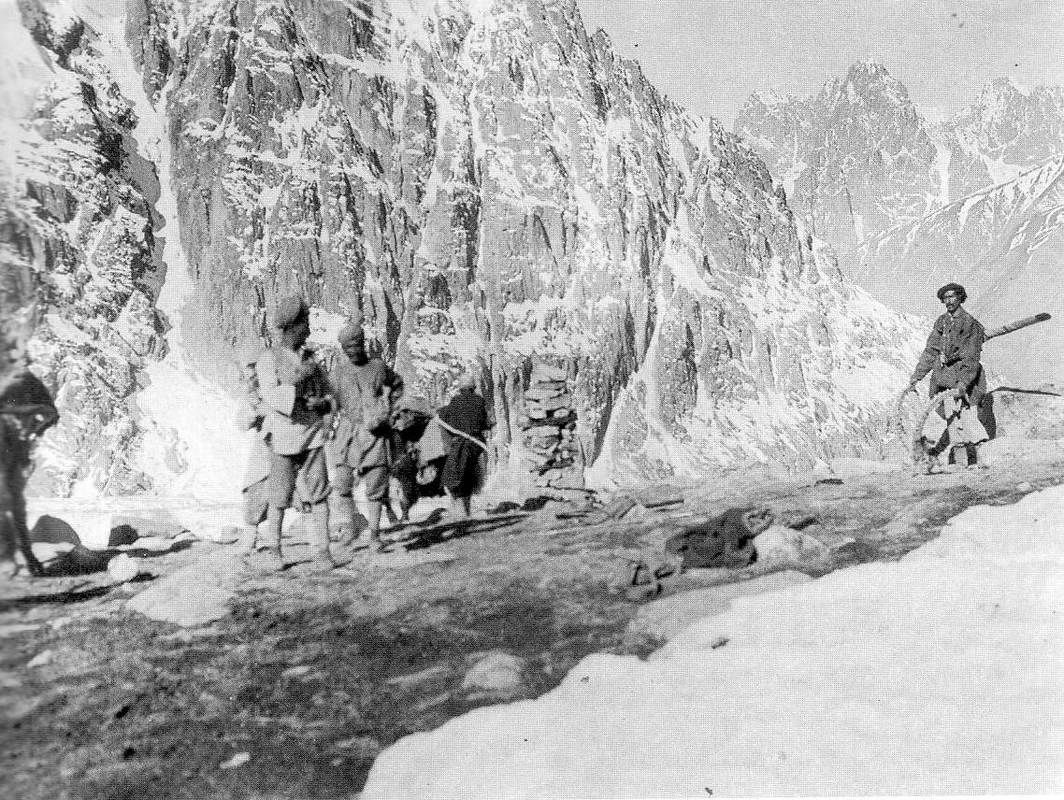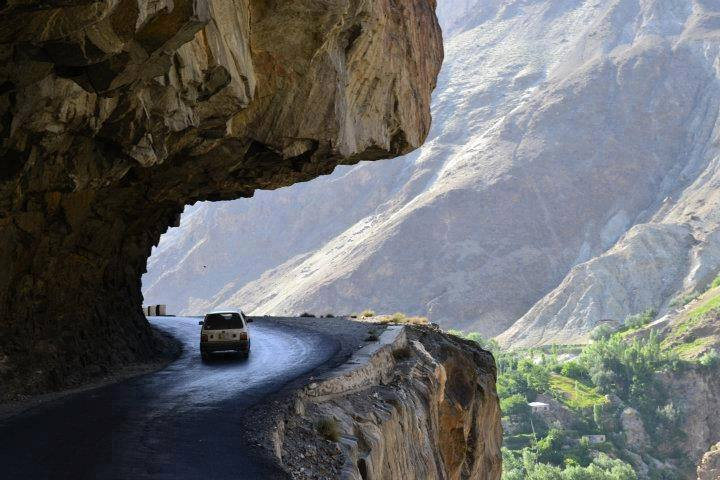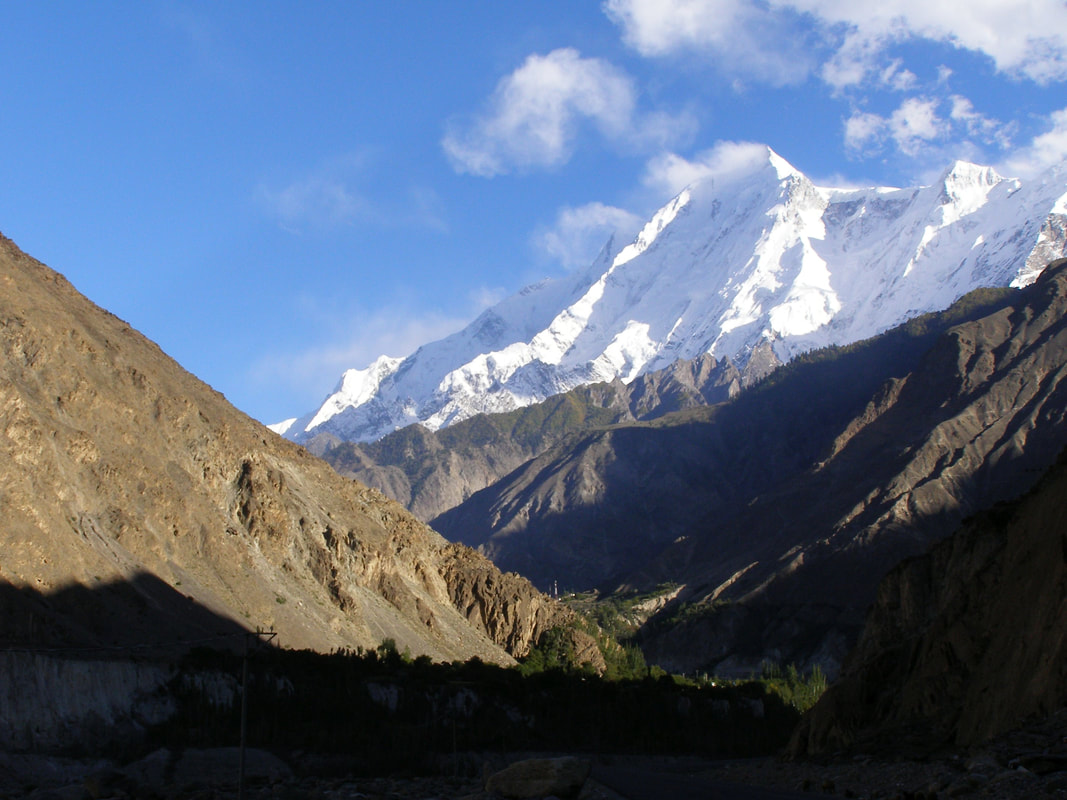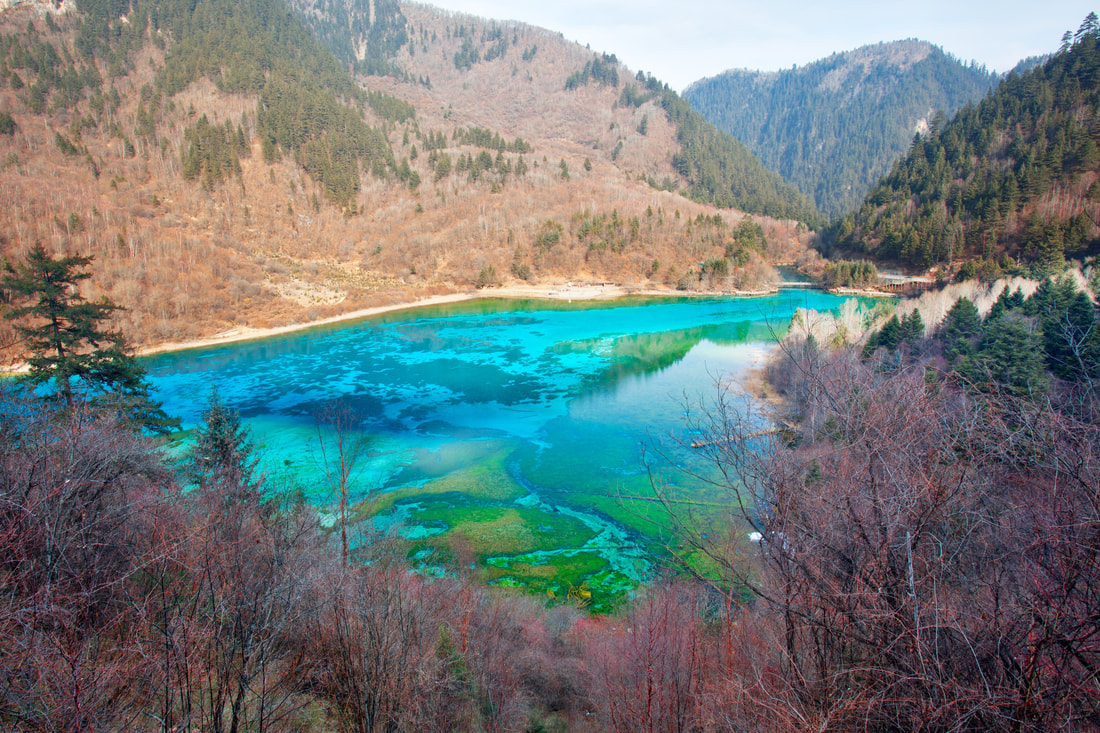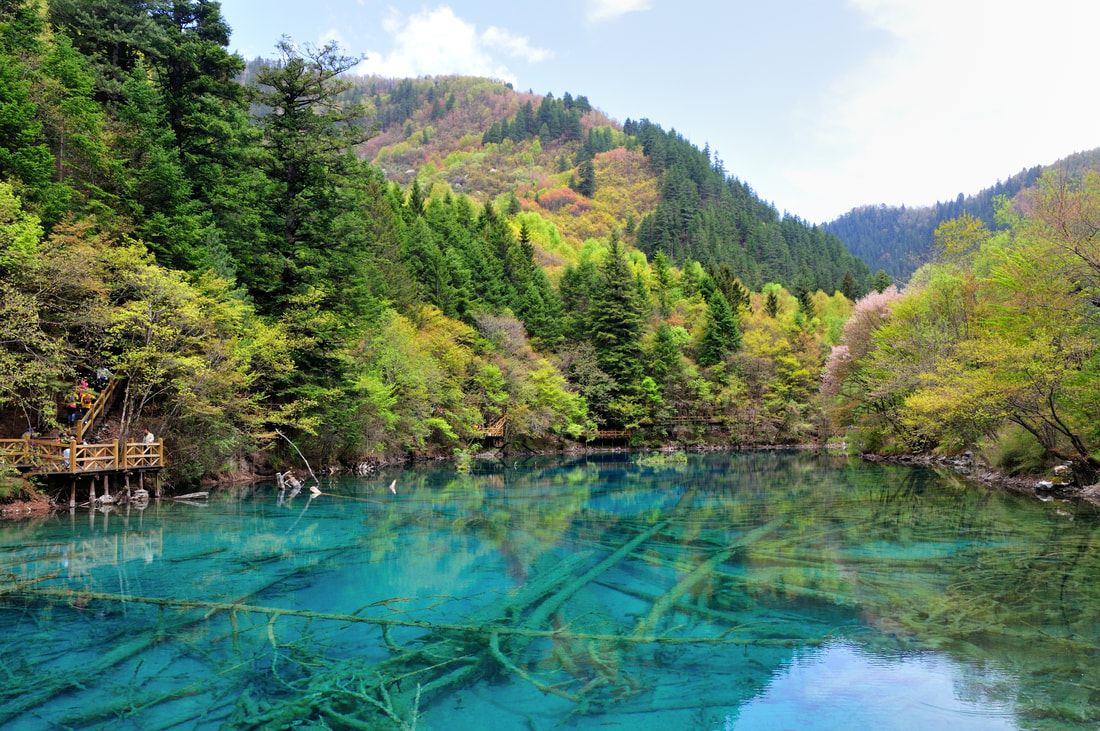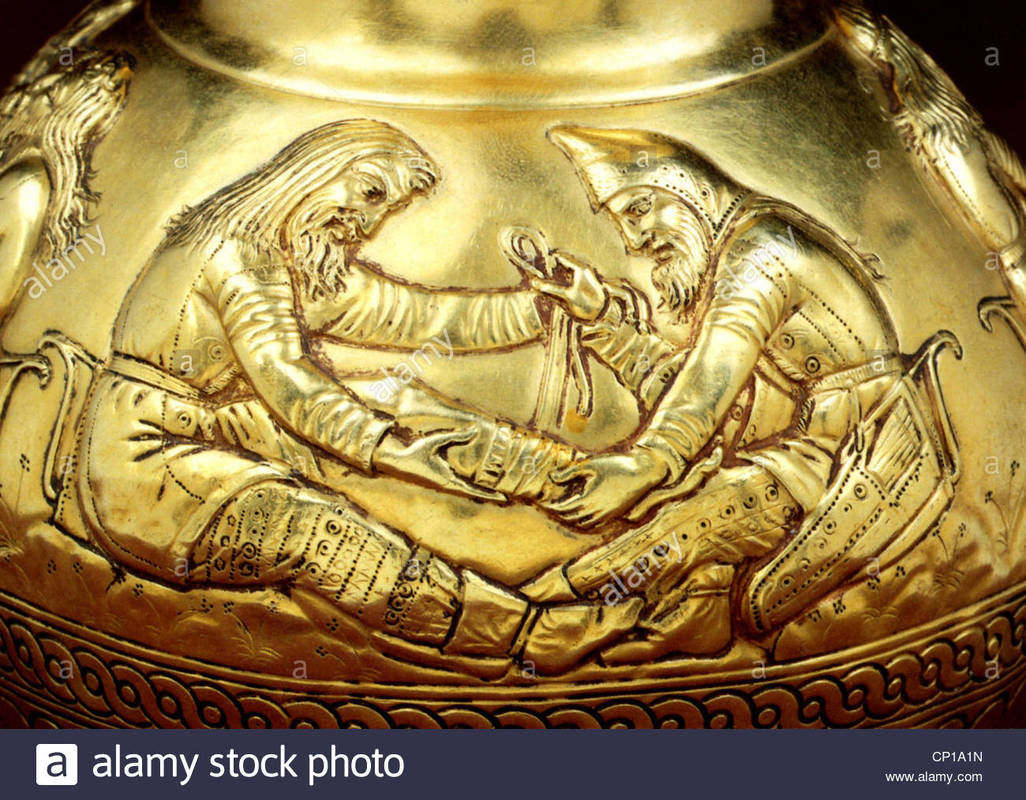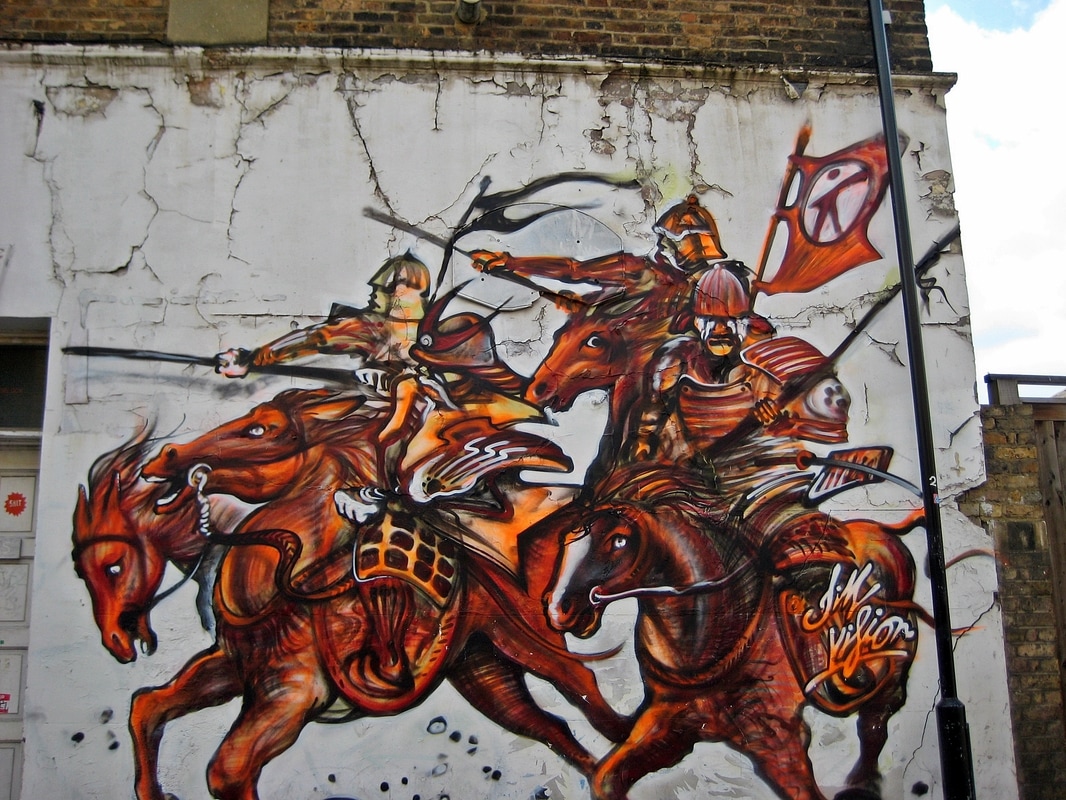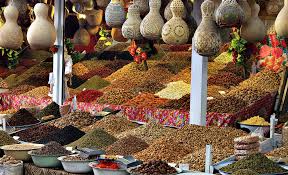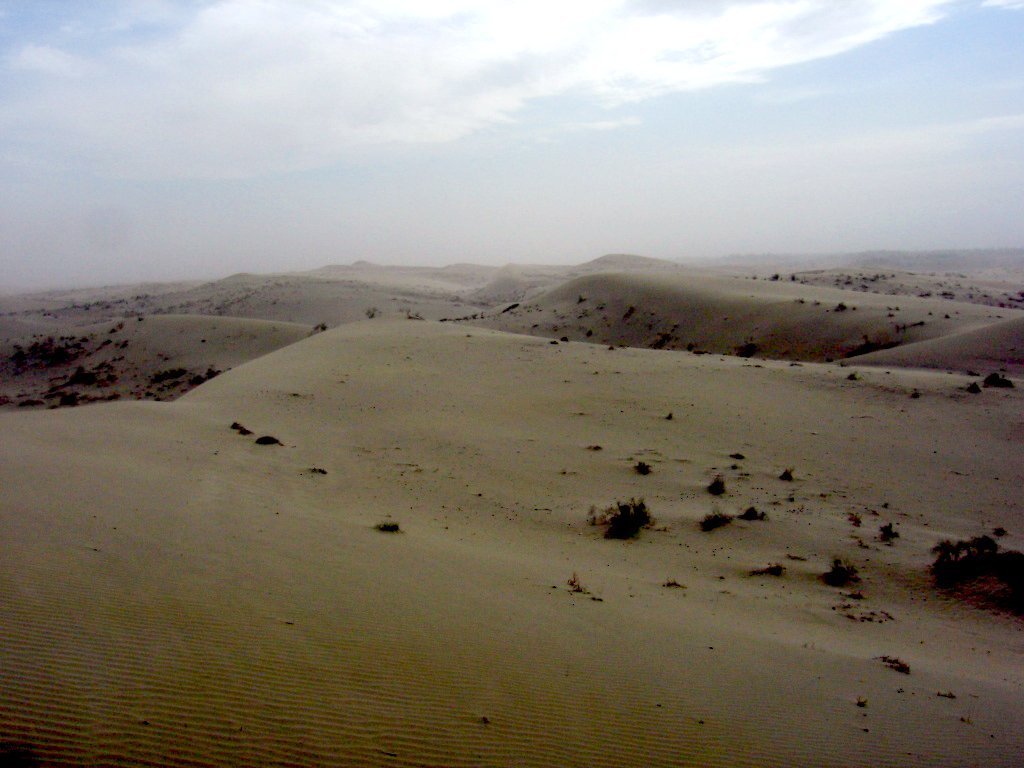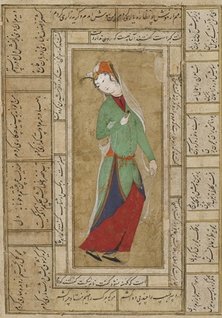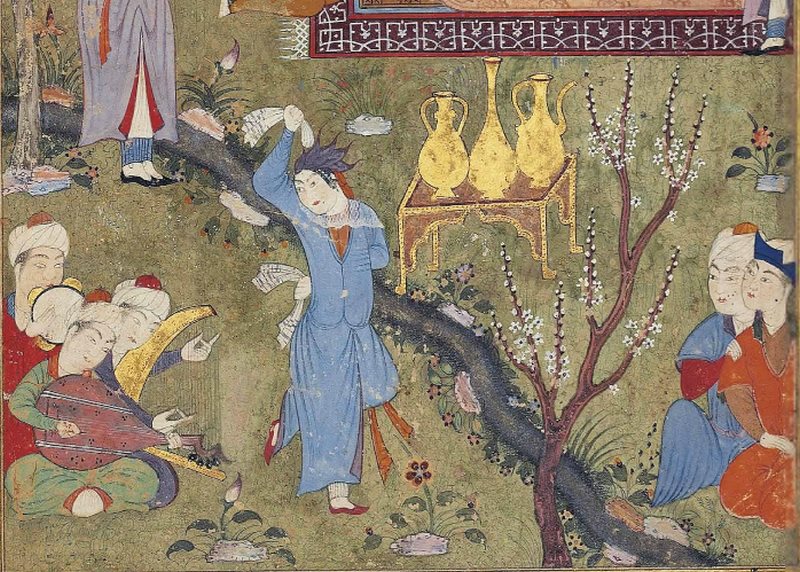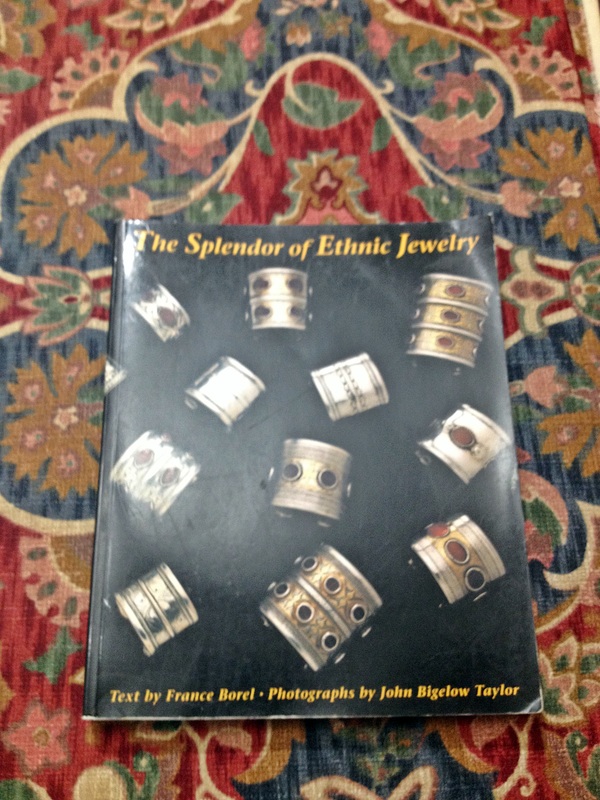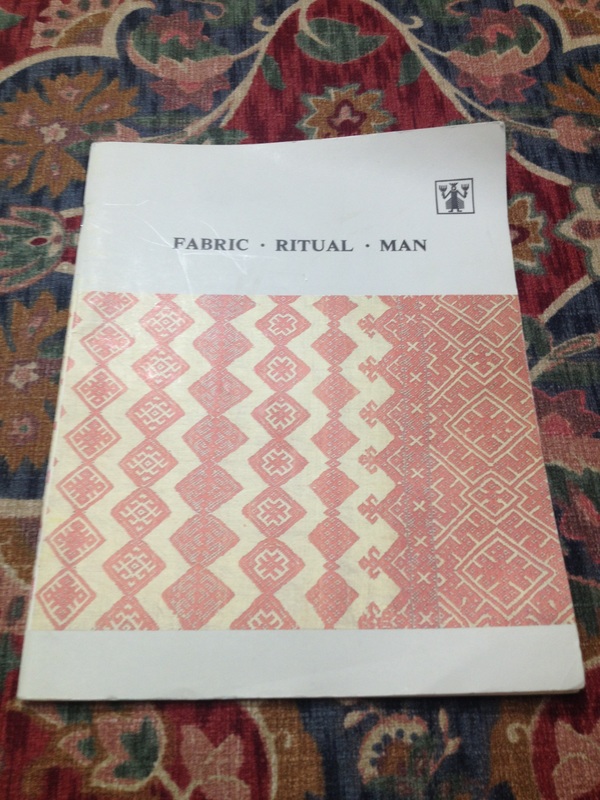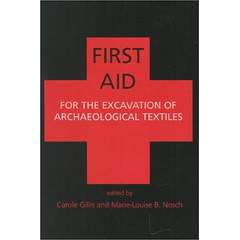I thought I would post my class schedule and merchanting info here for reference.
I am camping at Orluk Oasis, down by the lake. It's section W10 on the map. All of my classes will be held there in a really lovely courtyard of period pavilions. Please come visit. Definitely bring a chair if you need one, we have a limited supply.
Merchanting: Morwenna from Mid-East Magic has accepted my hats, jewelry, some shalwar kameez and a few garments I've made on consignment. She also has really cool stuff. The booth is across from Midrealm Royal between the barn and the Middle Eastern class tent. (If you want something specific, send me a message.)
Ladies Persian Taj headdress (Persian diadem)
2hours- taught twice
Wed Aug 1 2-4pm and Wed Aug 8 2-4pm
Each participant will make a Taj headdress from a kit provided. Each participant will receive a kit that includes base, padding, cover material and ornament to create a unique headdress. The handout includes patterns so you can make more on your own. Class fee for kit and handout is $15. Limit 18 kits. If you want to add your own ornament, a kit for a plain taj is $10. Observers are welcome as space allows. You may purchase more than one kit, I made lots. Any kits leftover after the second class can be found at Mid-East Magic (across from Midrealm Royal). I will also have some kits available there before class so if you want to pick one out early, you can.
So is this Persian, or is it Turkish? Complicated answers to the one Eastern garb question that everyone asks.
Sun Aug 5 12-2pm
I'm especially excited to show photos of some garments I've been able to examine firsthand in museums over the last two years. That includes the 3 Safavid caftans I examined at the Textile Museum in DC last month. They are amazing and show some really surprising survivals of Mongolian design and sewing techniques, reinterpreted through a Safavid lense.
Researching the East: the Middle East, North Africa and Central and West Asia
Thur Aug 9 12-2pm
Handouts $3, limit 25
This next class isn't one of mine but I am so excited about this. Carla is doing the most amazing things with print-on-demand fabric. She is a textiles expert, particularly all things Ottoman.
Digitally Reconstructed Textiles in the SCA, a Discussion
Tues August 7, 1-3pm
Let's talk about digitally reconstructed textiles. A gathering for the Spoonflower Curious. We will be meeting in a digitally reconstructed Ottoman Sultan's pavillion, surrounded by many examples of photoshop produced textiles that will help show the potential of the medium and spark our discussion of theory. No photoshop experience necessary to fully participate and benefit from this talk. Hosted by Carla Monnich (the genius who is recreating some of the fabrics for my caftan book!)
Here is a veil band she reconstructed from a period example. Yes, that is a printed textile based on an embroidered original!
